Specimen of the Week 363: The kangaroo stomach
By Christopher J Wearden, on 19 October 2018
After nearly a year working at the Grant Museum I realise I have become accustomed to aesthetics of my working environment. Decorations in your typical office might include team photos, prints of inspirational quotes and once a year, some tinsel. Here our walls are decorated with skulls, intestines and pickled reproductive organs. An interaction between a visitor and myself might involve them asking me ‘what is THAT??’, only for me to matter-of-factly reply ‘oh, that’s a bisected seal nose’. Not all interactions are so cordial however; when one visitor recently told me that our displays were ‘gratuitous’ I gently reminded them that our museum is primarily a teaching collection, meaning students across a wide range of disciplines often look at certain ‘unappealing’ parts of an animal in great detail. I hope that by writing about today’s specimen I can demonstrate why we have these ‘gratuitous’ objects on display, and what they can teach us about animals. Okay readers let’s hop to it, it’s the…
 Close
Close


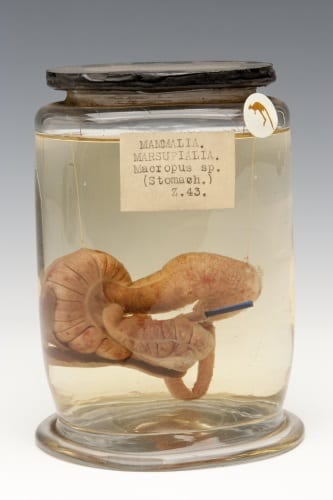
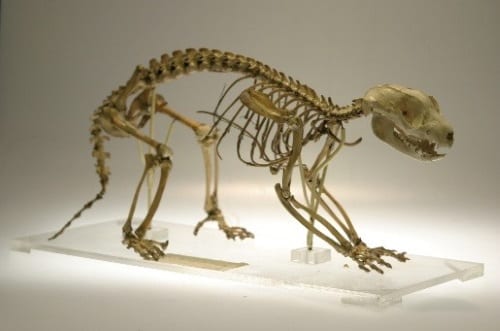
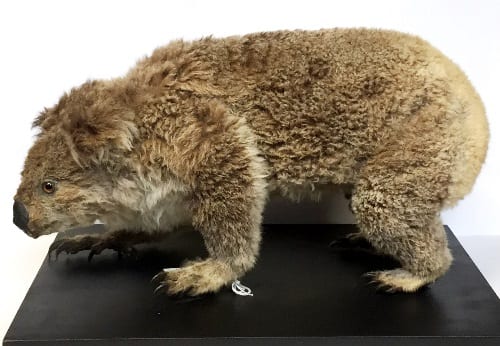


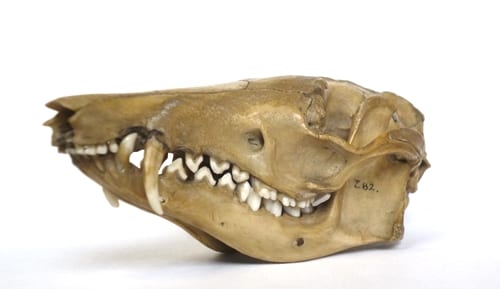


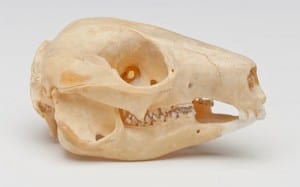
![LDUCZ-Z90 Thylacine skull [Grant Museum, UCL / Fred Langford-Edwards]](https://blogs.ucl.ac.uk/museums/files/2016/01/Fred-Langford-Edwards-LDUCZ-Z90.jpg)